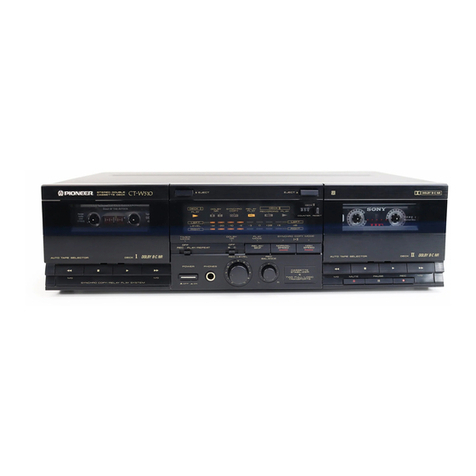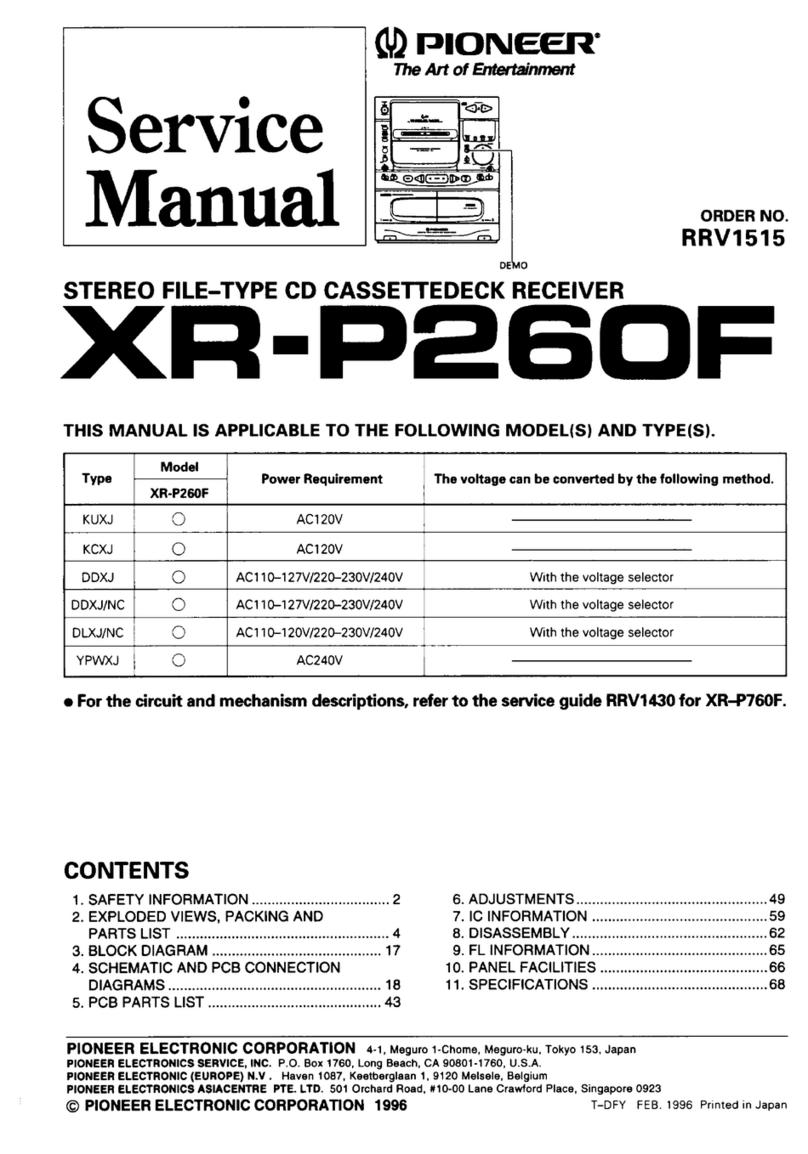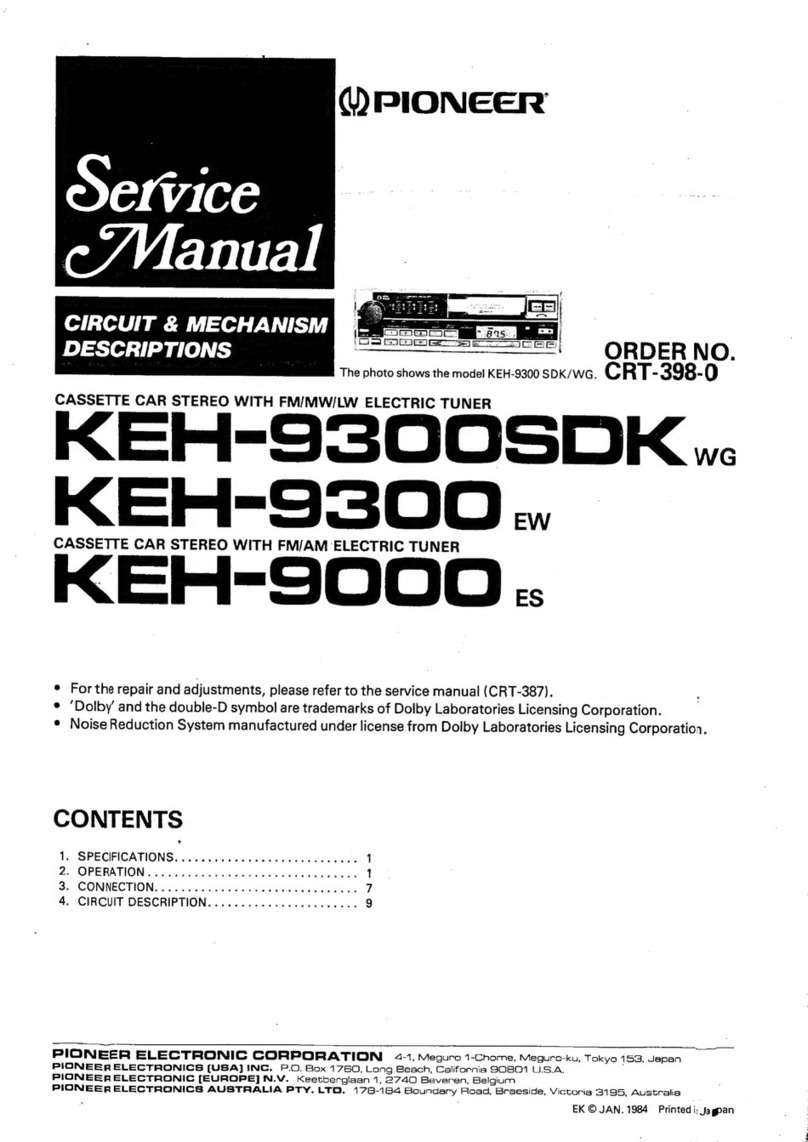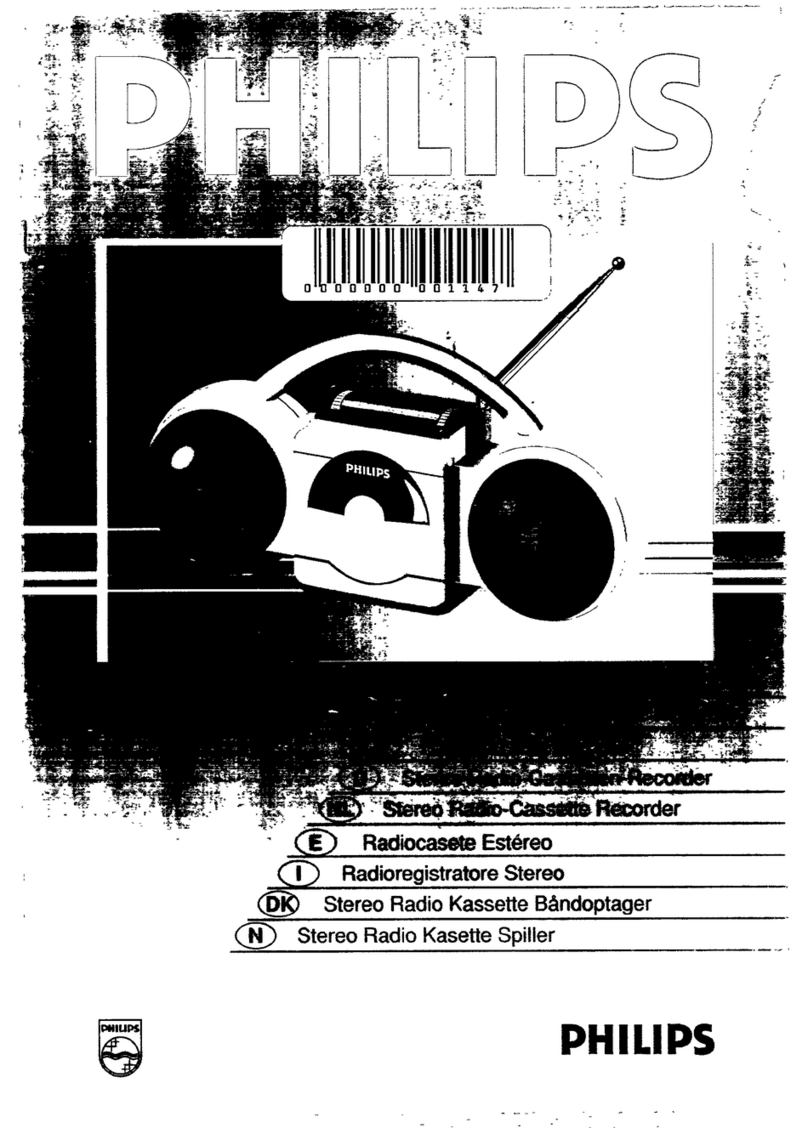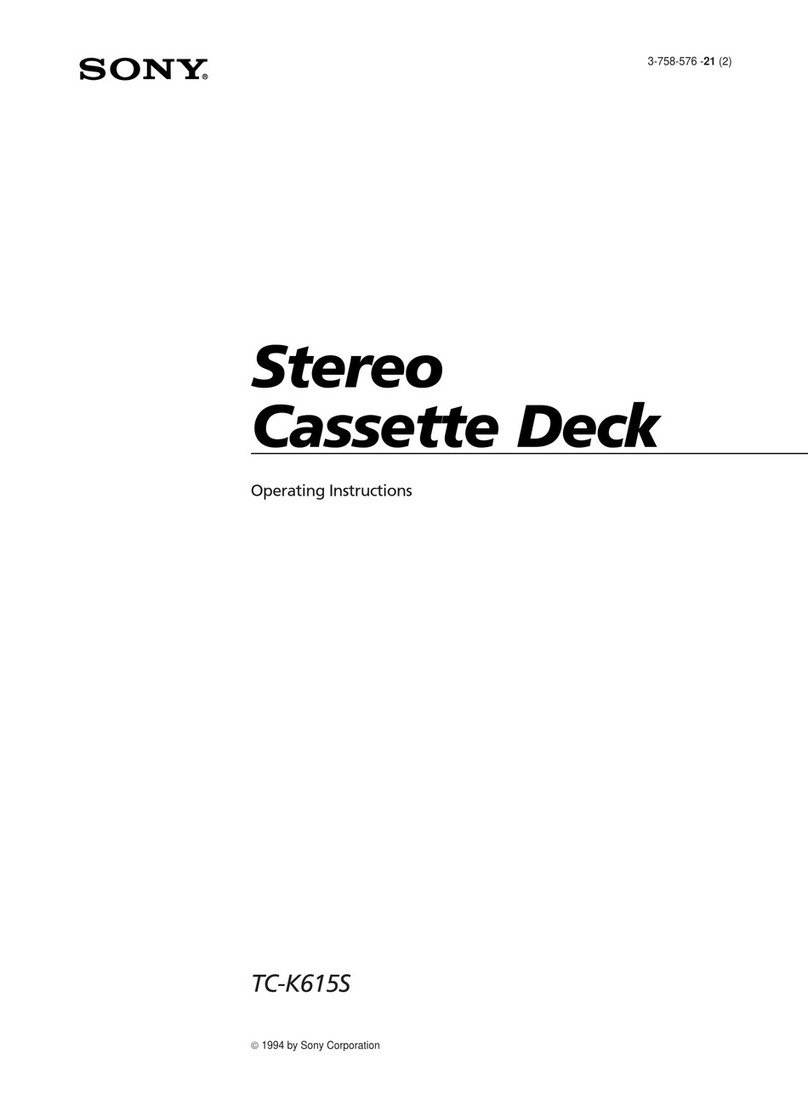Pioneer CT-W103 User manual
Other Pioneer Cassette Player manuals

Pioneer
Pioneer SUPER TUNER III User manual
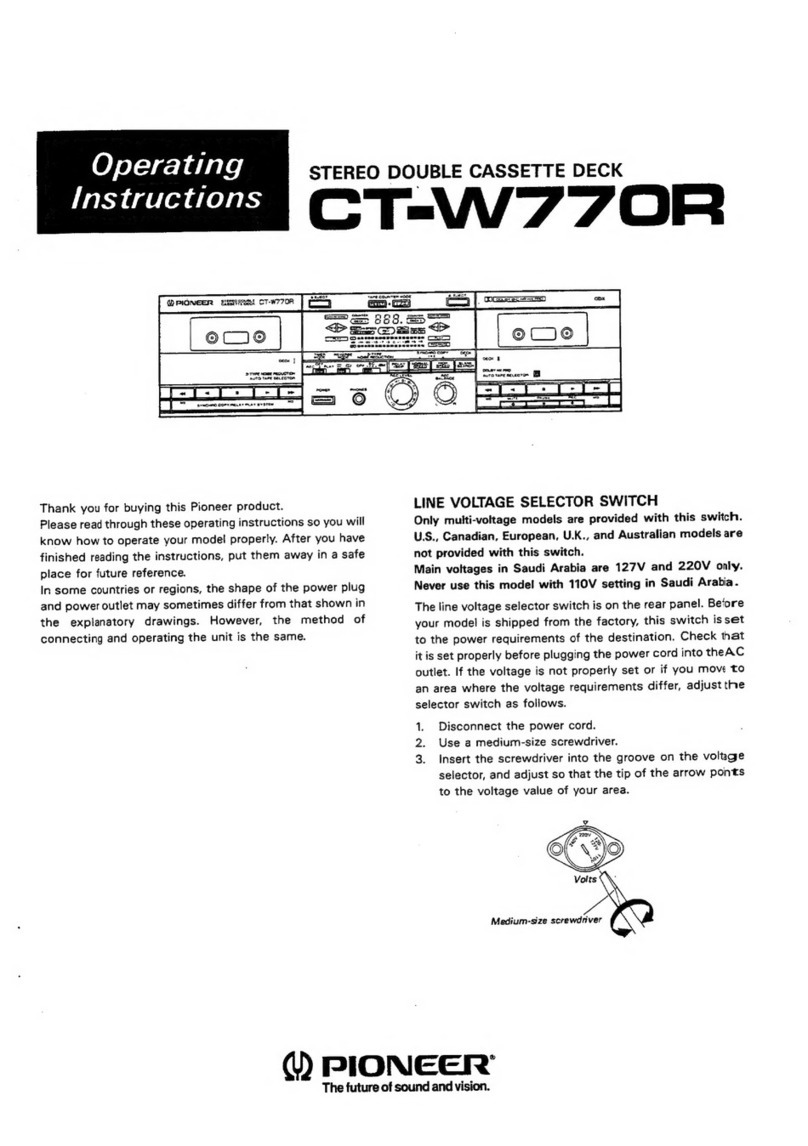
Pioneer
Pioneer CT-W770R User manual
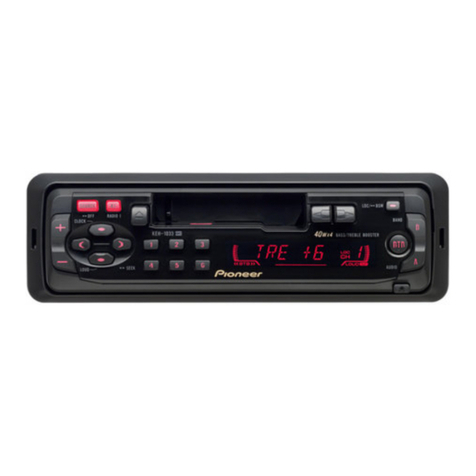
Pioneer
Pioneer KEH-1033 User manual

Pioneer
Pioneer CT-W851R User manual
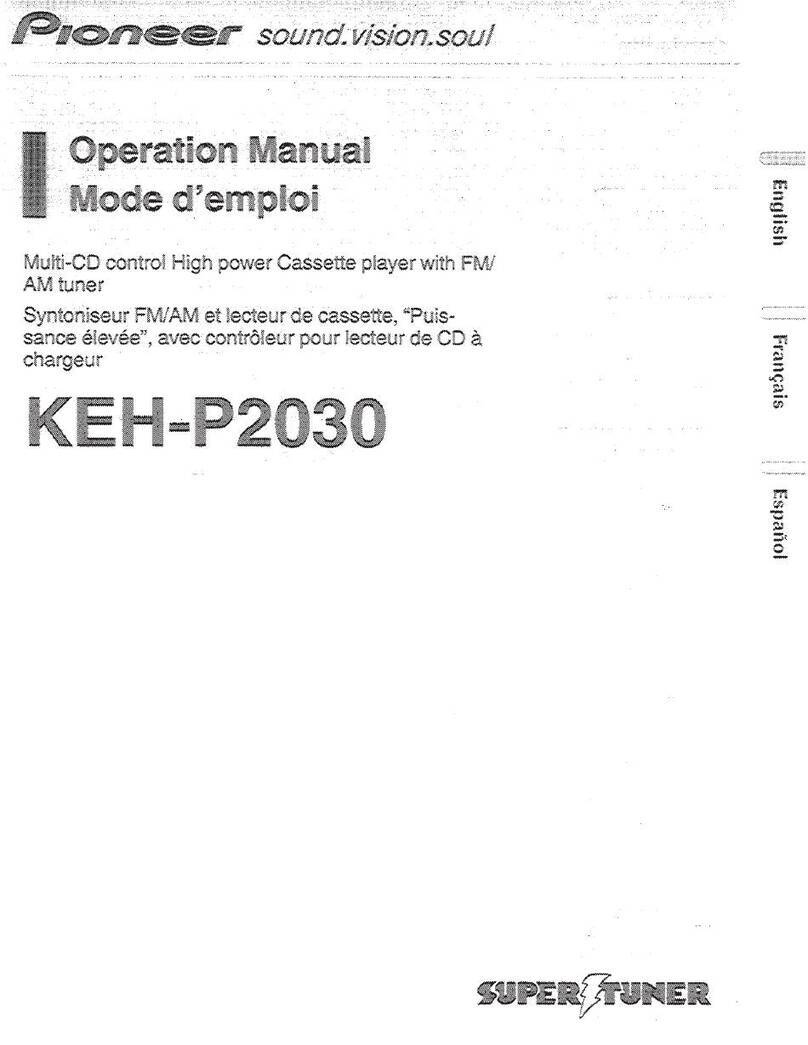
Pioneer
Pioneer KEH-P2030 User manual
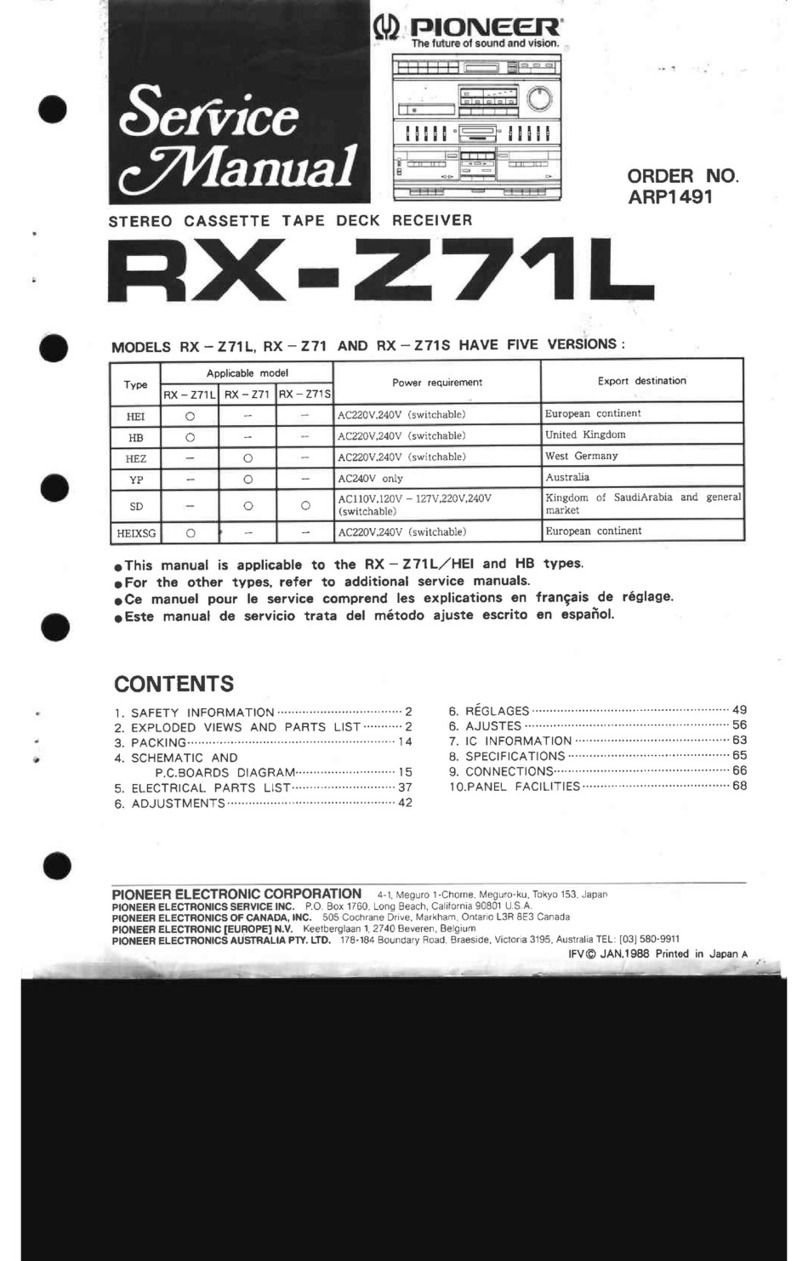
Pioneer
Pioneer RX-Z71: User manual
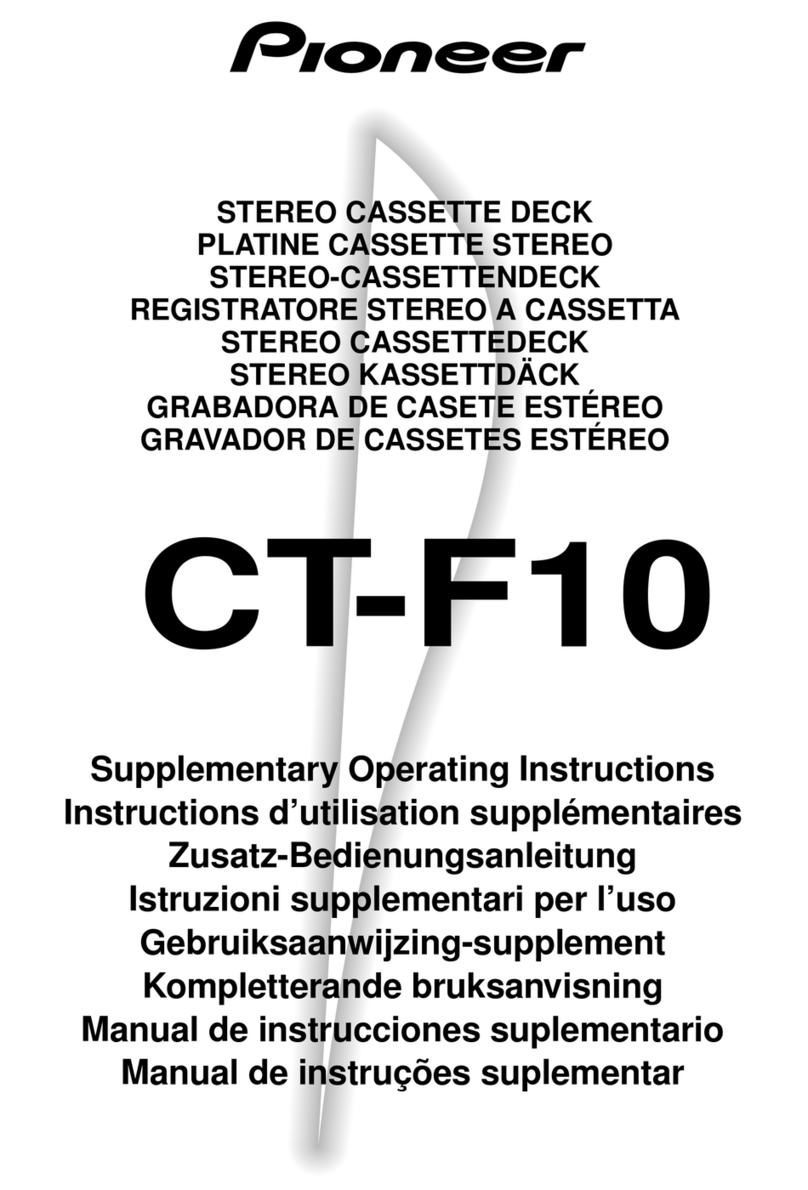
Pioneer
Pioneer CT-F10 Operating instructions
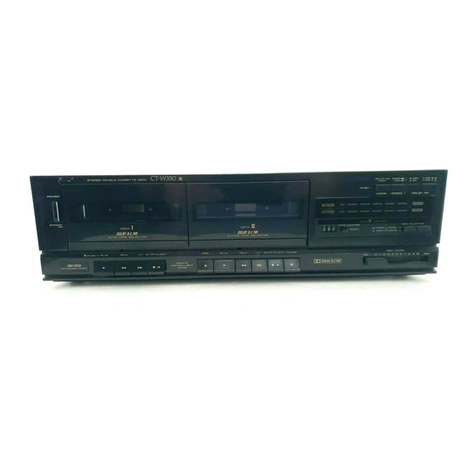
Pioneer
Pioneer CT-W430 User manual
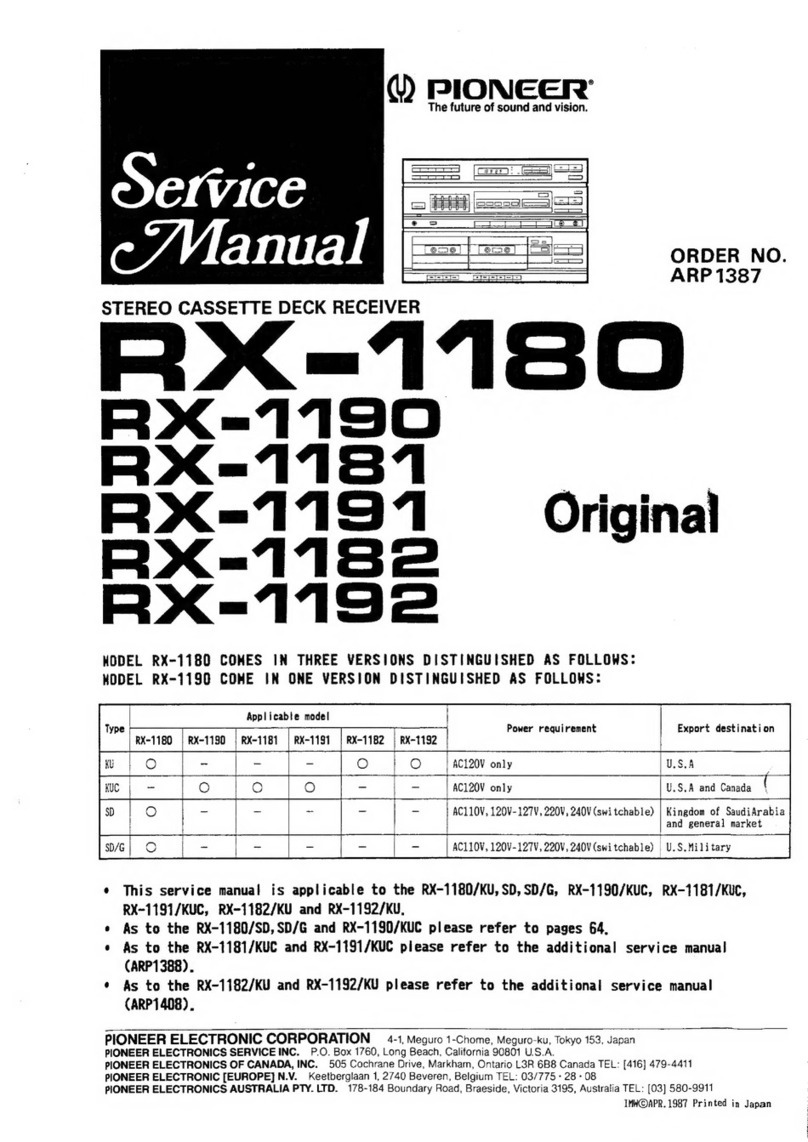
Pioneer
Pioneer RX-1180 User manual
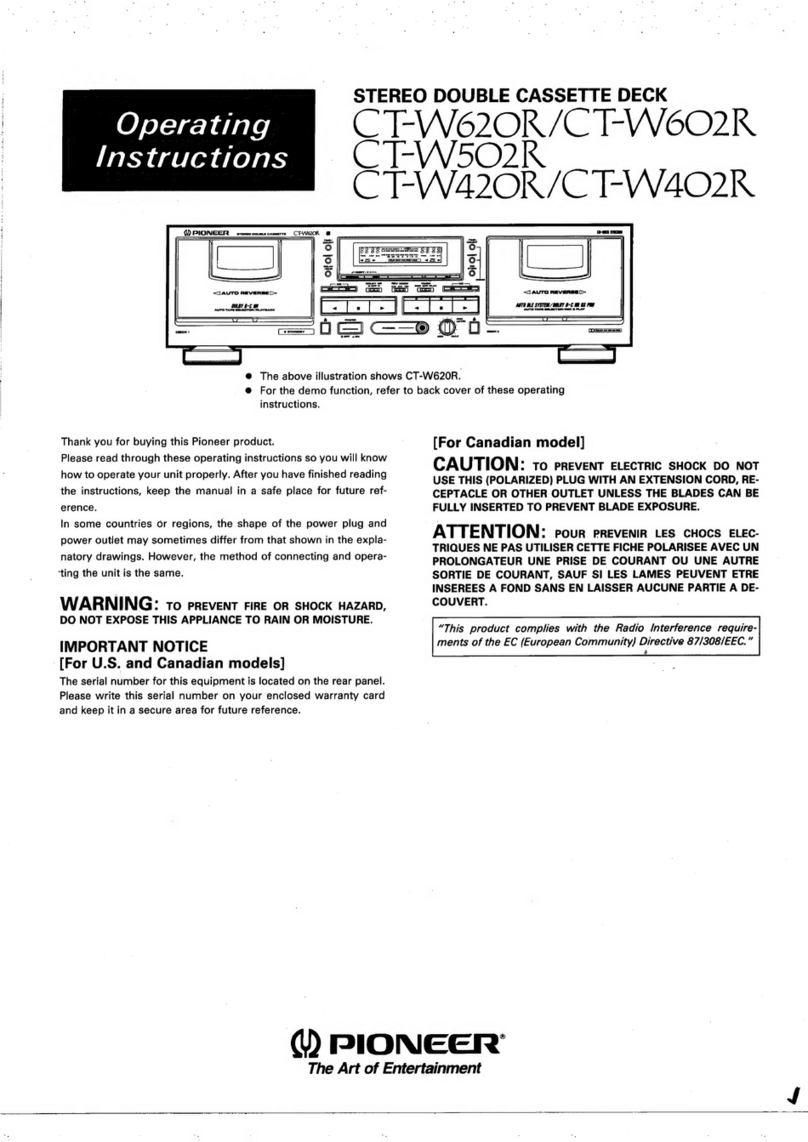
Pioneer
Pioneer CT-We620R User manual
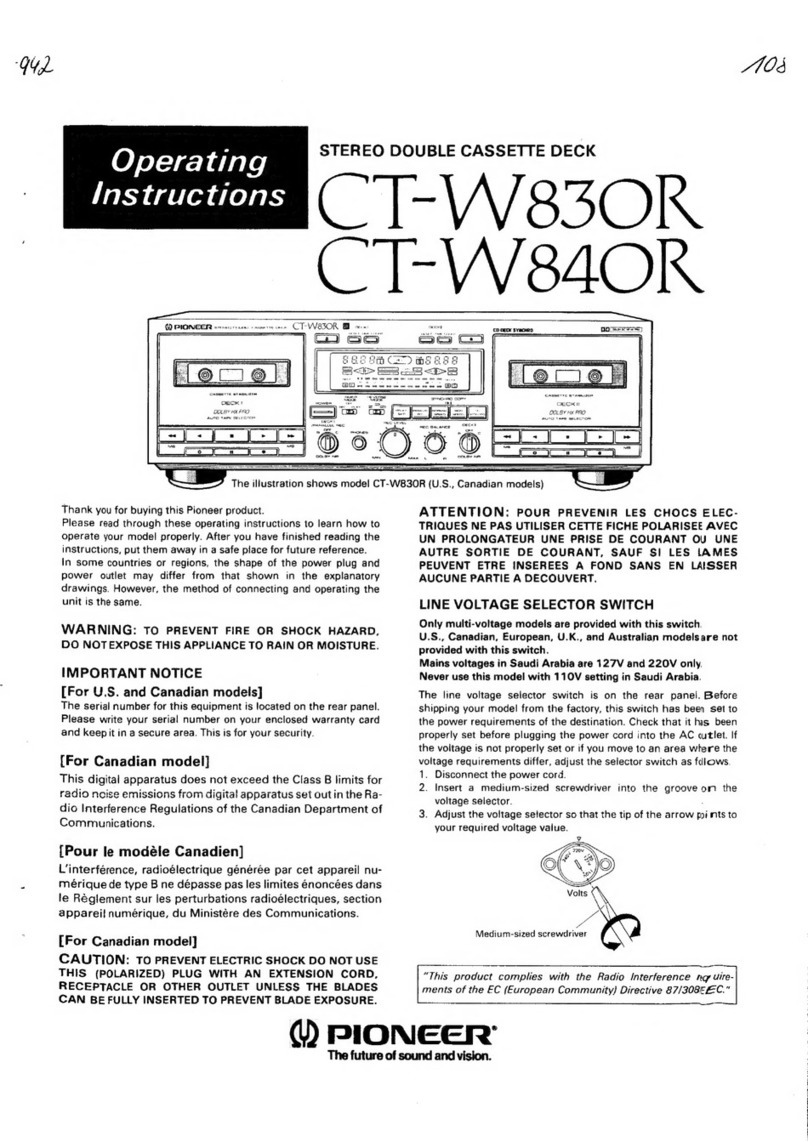
Pioneer
Pioneer CT-W830R User manual

Pioneer
Pioneer CT-7R User manual
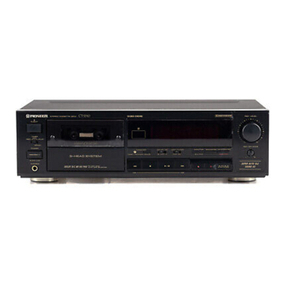
Pioneer
Pioneer CT-S510 User manual
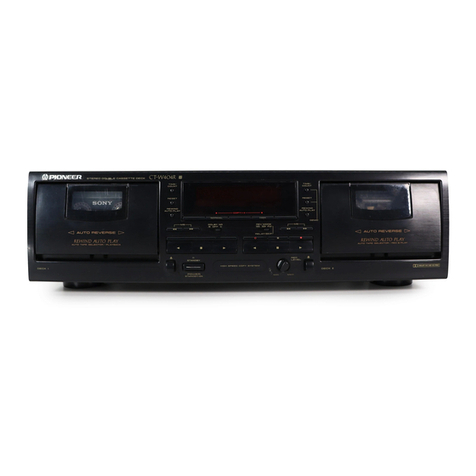
Pioneer
Pioneer CT-W404R User manual
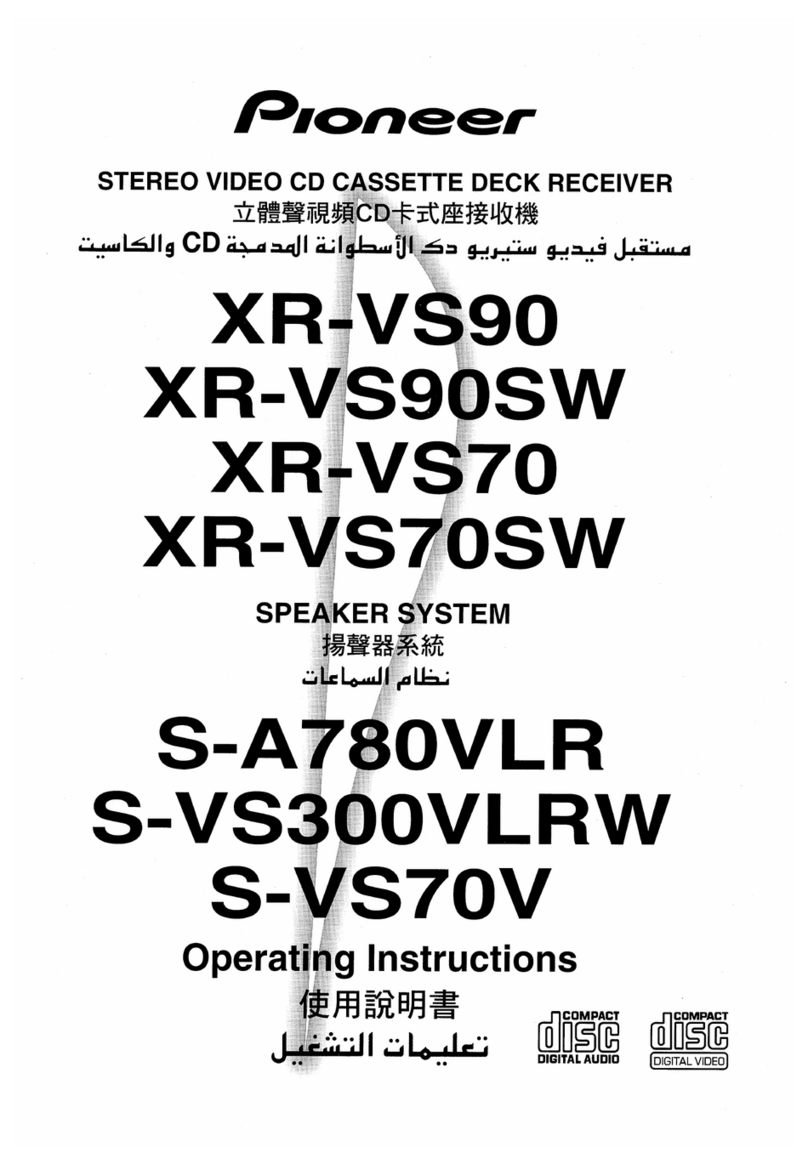
Pioneer
Pioneer XR-VS90 User manual

Pioneer
Pioneer CT-S830S User manual

Pioneer
Pioneer CT-X50 User manual

Pioneer
Pioneer CT-F850 User manual

Pioneer
Pioneer KEH-6336ZH User manual
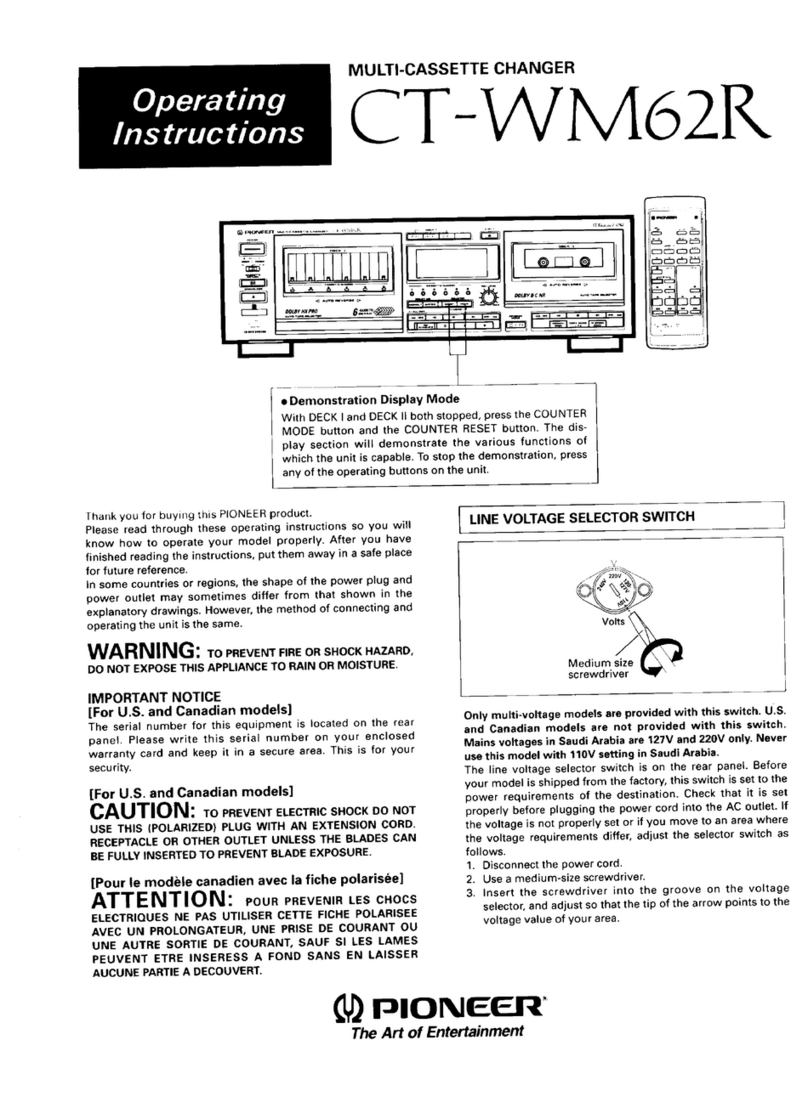
Pioneer
Pioneer CTWM62R User manual
Popular Cassette Player manuals by other brands

Sony
Sony CFS-B15 - Am/fm Stereo Cassette Recorder operating instructions

Sony
Sony WMFS220 - Portable Sports AM/FM Cassette... operating instructions

Aiwa
Aiwa HS-TA21 operating instructions
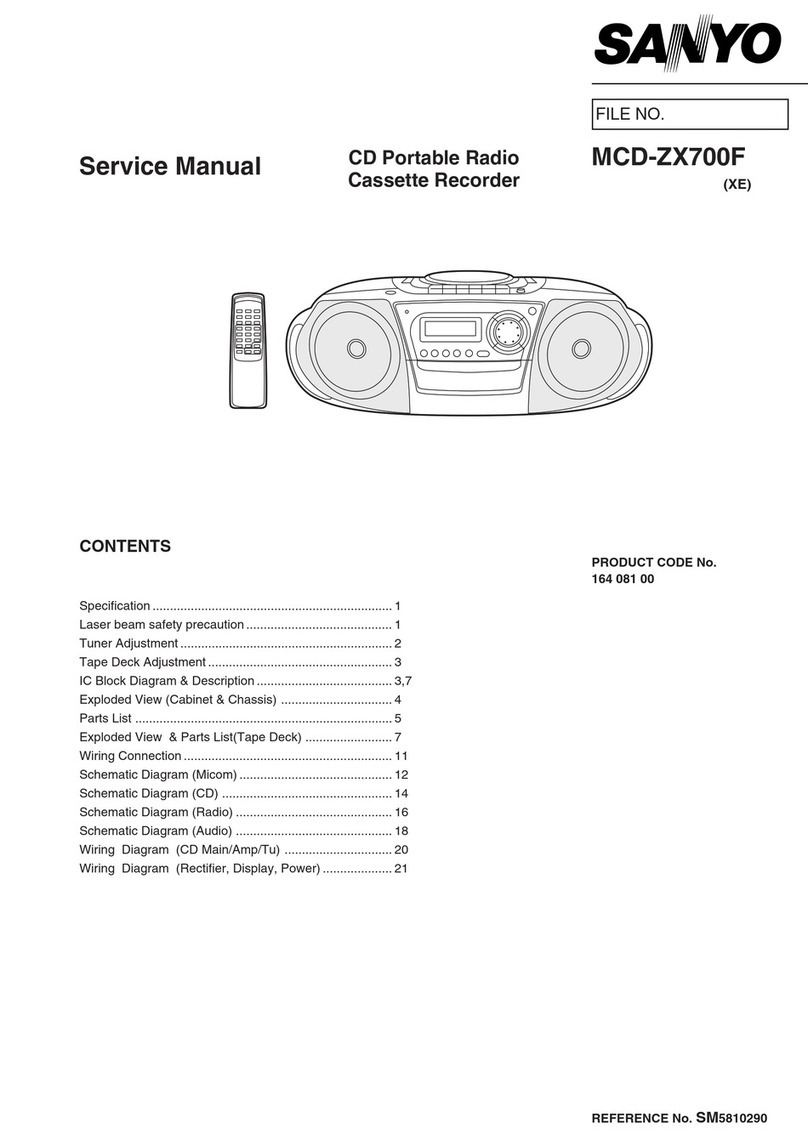
Sanyo
Sanyo MCD-ZX700F Service manual
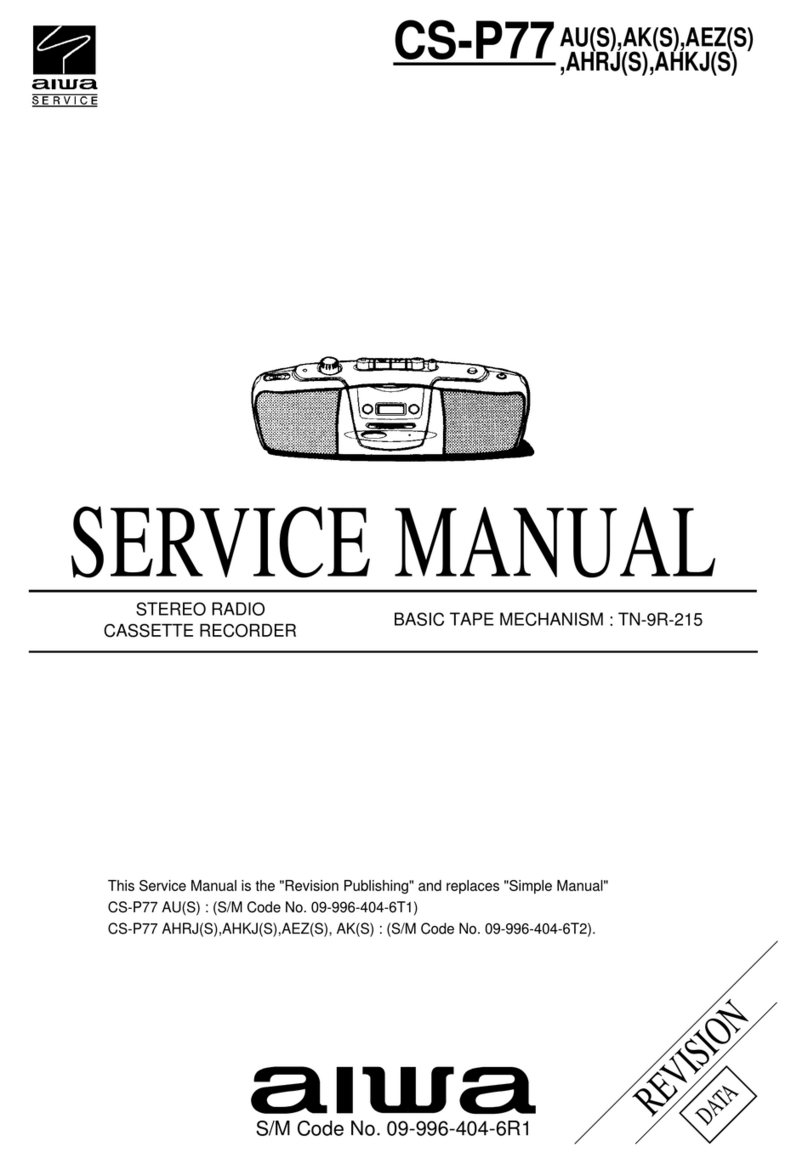
Aiwa
Aiwa CS-P77 Service manual

Sony
Sony Pressman TCM-465V operating instructions
